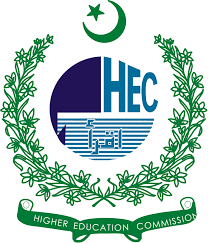EVALUATION OF THE NUTRITIONAL VALUE OF EISENIA FETIDA CULTIVATED ON KITCHEN WASTE AS A PROTEIN SOURCE FOR POULTRY
DOI:
https://doi.org/10.71146/kjmr267Keywords:
Vermicomposting, poultry, waste, Eisenia fetidaAbstract
Broiler chicken is one of the major lean sources of protein. In many countries, its demand is rapidly increasing. Soybean and fishmeal are commonly used in poultry feed; however due to hype in price and decrease in production rate these feedstuffs become limited and scarce. Protein is one of the major component of poultry feed costs about 60%-70%. However due to high cost of protein, it becomes a challenging factor for farmers to supply enormous amount of protein in poultry feed. These challenging factors led to the discovery of an alternative rich source of animal based poultry feed with enormous amount of protein. Thus, this need led to the discovery an alternative source of protein for poultry that could be red worm (Eisenia fetida). The purpose of this study was the better growth and development yielded with high nutritional composition of red worms reared on cow manure and organic food waste and to introduce earthworm meal as an alternative protein source for Poultry. Red worms have a potential to be used as a protein supplement. Red worms are a good source of protein (58- 71% dry matter). In this case study, 390 red worms were reared on kitchen waste. For rearing of worms, cow manure mixed with soil (1:1) was used as a culture substrate. Cow manure was used because it has high amount of nitrogen which is more nutritious for growth and development of worms than any other culture substrate. The assay was conducted for about 3 months in winter season. Nutritional value of worms was analyzed after their rearing to determine their nutritional content. Proximate analysis was performed to determine the nutritional value of red worms. Kitchen waste was preferably used to overcome the waste pollution as well as it was a cheap and good source of organic matter.
Downloads

Downloads
Published
Issue
Section
License
Copyright (c) 2025 Sania Saleem , Husnain Sheraz , Urooj Fatimah , Areeba Ashiq , Safa Dastagir , Areeba Shahid , Amna Waseem, Zara Abid , Aqeela Iqbal , Zeenat Mehmood , Syed Hamza Abbas , Sumaira Younus , Mehreen Fatima, Ayesha Ameen (Author)

This work is licensed under a Creative Commons Attribution 4.0 International License.






